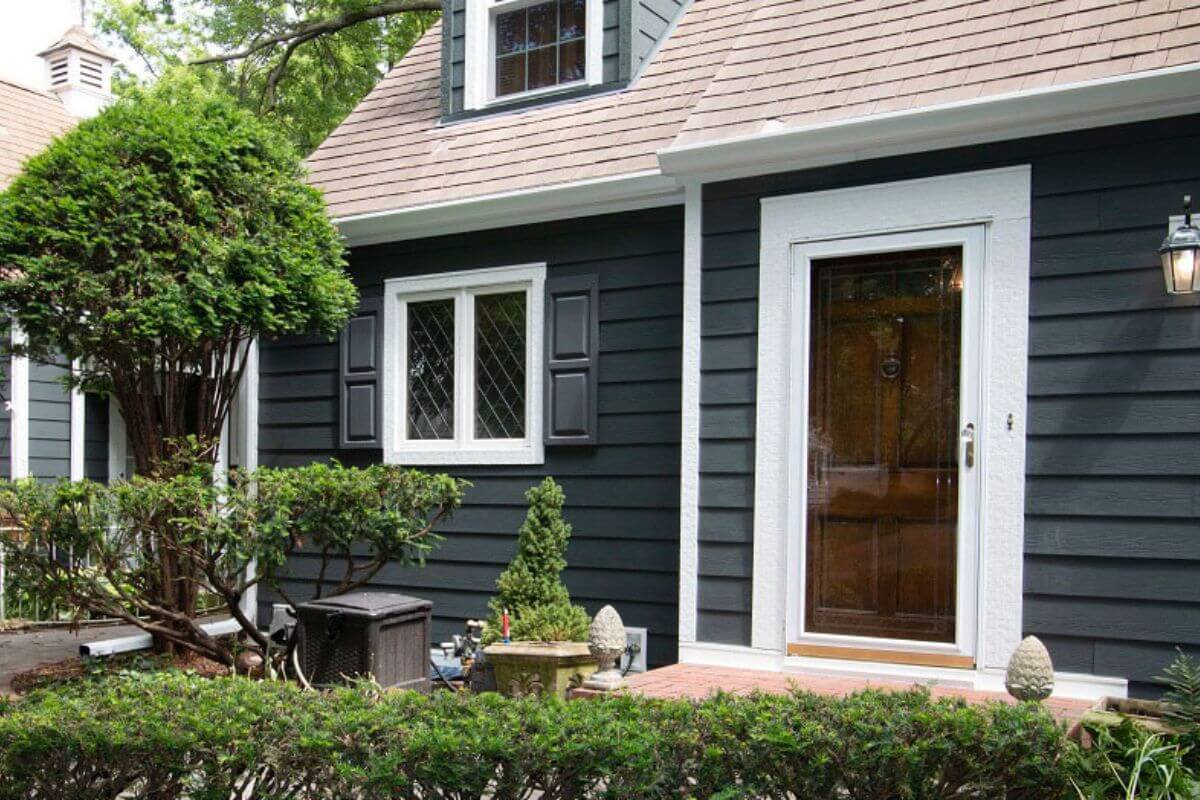Looking to update the look of your brick home but not sure if siding is the way to go? You’re not alone. Many homeowners wonder whether they can trade in their brick exterior for a fresh new look with siding, and while the answer is yes, the process is far from simple. Adding siding over brick comes with its own set of challenges, costs, and considerations. In this guide, we’ll walk you through everything you need to know, helping you weigh your options before diving into this significant home improvement project.
Can You Put Siding Over Brick?
The short answer to whether you can put siding over brick is yes, it is possible. However, it’s not always the most straightforward or recommended approach. Unlike standard siding installation over a wooden substrate, such as OSB (Oriented Strand Board), applying siding over brick requires a more involved process. Here’s why:
- Application Process: Attaching siding to brick isn’t as simple as nailing it into wood. The brick substrate demands a more complex application process that includes drilling and screwing every piece of siding into the brick. This method is considerably slower and more labor-intensive than installing siding over a wooden surface.
- Cost Considerations: Because of the additional labor involved, the cost of installing siding over brick is significantly higher—often two to three times more expensive than a standard siding installation. Even though the material costs remain roughly the same, the increased labor time drives up the overall expense.
- Substrate Requirements: Before siding can be installed over brick, a weather barrier must be placed between the brick and the new siding. This barrier is crucial as it prevents the brick and siding materials from directly contacting each other, which could lead to future issues.
Given these factors, while it is possible to install siding over brick, we often recommend exploring alternative options first.
Possibility and Recommendations
If you’re determined to cover your brick with siding, it’s essential to be fully committed to the project. The design feature this brings to your home can be transformative, but it’s not something to approach lightly. Before proceeding with siding over brick, consider these alternative options:
- Painting the Brick: A fresh coat of paint can dramatically change the appearance of your brick exterior. This option is less invasive and more cost-effective than installing siding. You can choose a color that complements your home’s architecture while preserving the integrity of the brick.
- Whitewashing: For a more subtle change, whitewashing your brick can soften its appearance while still allowing some of the natural texture to show through. This method is popular for those who want to maintain a rustic or aged look.
- Brick Removal: Another option is to remove the brick altogether before installing new siding or stone. Although this approach involves additional labor, it ensures that your new exterior is properly installed on a suitable substrate, which can lead to better long-term results.
Each of these alternatives has its own set of benefits, and they often come with fewer complications than putting siding over brick.
Cost and Application Process
When deciding whether to install siding over brick, understanding the costs involved is crucial. Here’s a breakdown of what to expect:
- Labor Costs: As mentioned earlier, installing siding over brick is a labor-intensive process. Each piece of siding must be drilled and screwed into the brick, making it about four to five times slower than a standard installation over a wooden substrate. This extended labor time results in significantly higher costs.
- Material Costs: While the siding materials themselves are similar in price to those used in standard installations, the need for additional materials, like a weather barrier, can add to the overall expense.
- Total Cost Comparison: On average, the cost of installing siding over brick can be two to three times more than installing it over a typical OSB substrate. This increase is due to the more complex application process and the additional time required to complete the job.
When considering these costs, it’s essential to weigh them against the potential benefits of siding over brick and compare them with other exterior renovation options.
Comparison with Standard Siding Installation
To better understand the challenges of installing siding over brick, let’s compare it with a standard siding installation process:
- Substrate: Standard siding installations typically involve attaching the siding to a wooden substrate like OSB. This process is straightforward and allows for quicker installation, as the siding can be nailed directly into the wood.
- Installation Time: The time required to install siding over a wooden substrate is significantly less than over brick. With brick, each piece must be drilled and screwed in place, slowing down the installation process by four to five times.
- Labor Intensity: The increased labor involved in drilling and screwing each piece of siding into brick not only prolongs the job but also requires specialized skills and tools, further contributing to the higher costs.
Given these differences, it’s clear that while putting siding over brick is possible, it’s a much more complex and expensive process than a standard siding installation.
In Summary
While it is possible to put siding over brick, the process is more involved, labor-intensive, and costly than standard siding installations. For homeowners committed to this project, it’s essential to understand the complexities and be prepared for the additional time and expense. Alternatively, consider options like painting, whitewashing, or even removing the brick before applying new siding to achieve the desired look. If you have further questions, contact us to discuss the best approach for your home. We’re here to help you make an informed decision that meets your aesthetic goals and budget.





